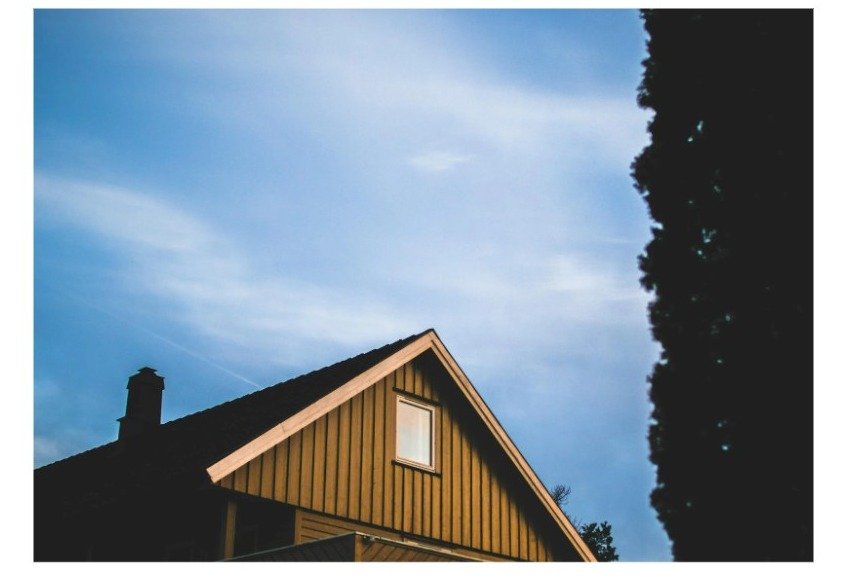New York vs Miami Condos: Where Should You Invest?
Choosing a real estate investment is difficult; numerous factors contribute to your ultimate choice in location and specific condominium purchases. General trends may not give a full picture, though they can inform your decision.
While New York has many beautiful listings that promise an excellent return on investment, there is one strong contender - the magic city of Miami. In this article, we will discuss the pros and cons of New York and Miami condominium purchases so that you have all the information you need to make your final choice.
New York: A Saturated Market That May Still Have Strong Returns
It’s no secret amongst real estate investors that New York City has lost thousands of citizens due to high prices and safety concerns. Census data suggests that over 500,000 people left the metropolitan area between 2020 and 2023, and many moved to Florida instead. American Heritage Schools, which has two campuses in Florida, stated that 420 of its 5,000 students moved there from New York City, and another 158 NYC families are on the waiting list to join this prestigious school network.
High prices in the city have also led to the co-living trend, where numerous roommates will share space and expenses equally. While this may seem concerning, it demonstrates that people are more than willing to face the inconvenience of living in one of America’s most vibrant cities. NYC’s mystique still draws well-heeled tourists interested in high-value vacation rentals. At the same time, luxury condominium owners have a chance at a great return on investment when they decide to sell.
However, investors looking to purchase New York condominiums must recognize that they must be choosier about where to buy and observe trends at a more granular level. Some areas of New York City have experienced negative population growth, while others have large swathes of empty apartments due to excessive rent control methods. These vacancies bring down property values and may lead to reduced returns. Careful investigation, including laws about rent control for new constructions, is critical for succeeding in New York’s cutthroat market.
Miami: An Up-and-Coming City in the Sunshine
Moving down to the other side of the coast, Miami real estate is booming. Long hailed as the Magic City because of its meteoric growth, the city shows no signs of stopping any time soon.
The median sales price in Miami is $600,000, up an incredible 8.6% year-over-year. This growth is fueled by enormous investments by major corporations like JPMorgan Chase, Tesla, Microsoft, Amazon, and Oracle, as well as the vibrant tourism resurgence after the pandemic. Remote workers, unshackled from living near their companies, have moved here in droves, happy to relax in the sunshine and enjoy a better work-life balance. Miami is one of the fastest-growing cities in the United States, with its population growing by 1.3% year-over-year. The Miami-Dade metropolitan area is expected to hit 3 million residents next year, promising investors a booming market for their properties.
Those purchasing real estate are spoiled for options in Miami. One great example of an amazing pre-construction is the Residences at Mandarin Oriental, Miami, situated on the private Brickell Key right off the coast of mainland Miami. This new addition to legendary hotelier Mandarin Oriental’s portfolio will feature an 80,000-square-foot amenities platform with restaurants, pools, and a spa. Shared between the condominium complex and the adjoining Mandarin Oriental Hotel, Miami, those buying or staying here can live in the lap of luxury, an incredible draw for investors.
The Residences at Mandarin Oriental, Miami, is just one of many condominium projects in Miami, with major brands like Aston Martin, Bentley, and Dolce & Gabbana joining the craze. These investments by multinational brands demonstrate trust in Miami’s continued growth.
Which City Is Right for Your Investment Needs?
Both New York and Miami offer advantages. New York City has long been known as a staple of the American real estate market, and this prestige is unlikely to go away soon. The lengths many will go to secure their stake in the Big Apple promise investors opportunities for good rental cash flow. However, rent control laws and the population exodus represent serious concerns for those purchasing in the city.
On the other hand, Miami has experienced significant population gains and has become a financial superpower in a state already known for its excellent economy. Major brands are pouring money into the city, meaning they have crunched the numbers and determined that their investments will be safe. Regardless of these promising signs, investors should still be concerned about future oversaturation, even if this is not a problem right now.
In general, Miami has proven to be a good investment, and buyers have numerous pre-construction options. New York City still has plenty of influence, but investors need to think more strategically and assess their neighborhood's long-term conditions rather than assuming good returns. As with any investment, a general overview can influence your opinion, but the quality of the specific building, the neighborhood’s trajectory, and your business acumen will decide your success.










